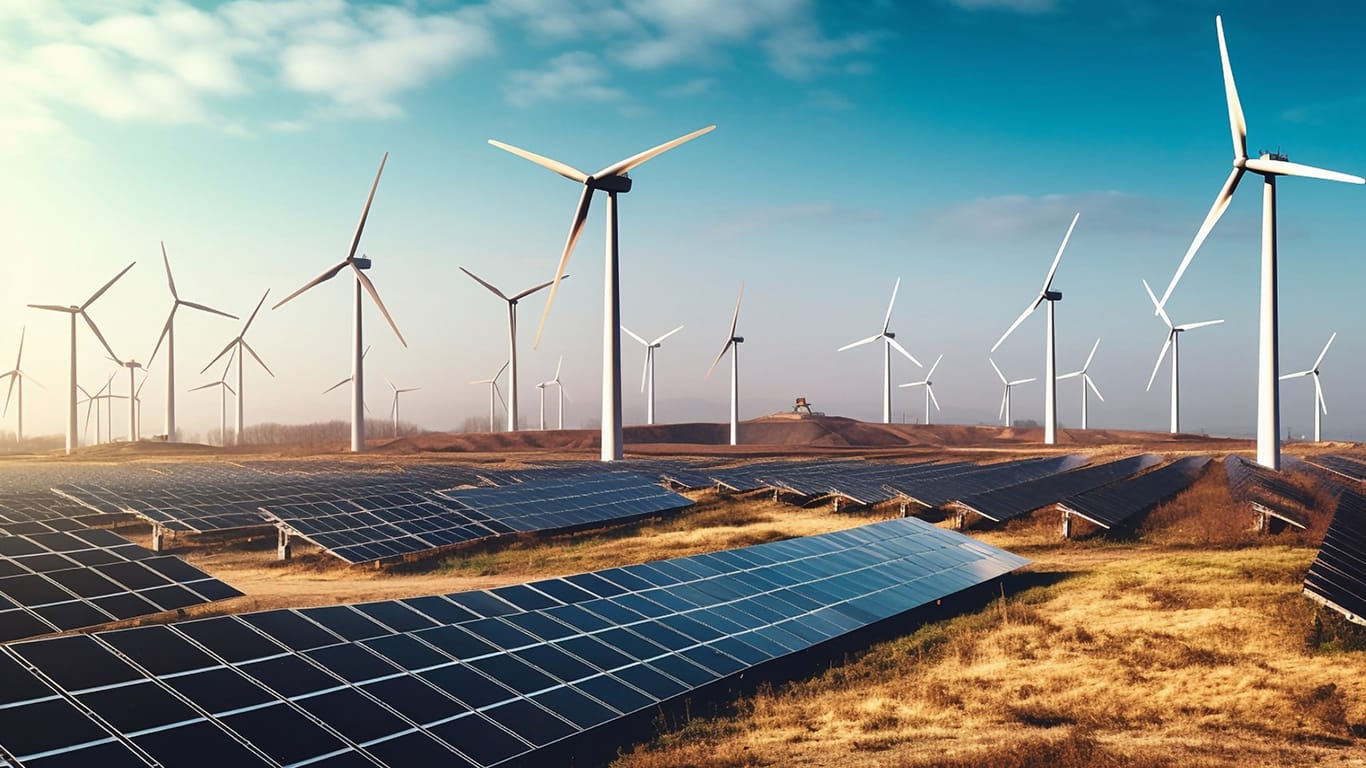Clean energy has long surpassed just being a niche investment to become a global economic force. A powerful new system called the Tax Credit Marketplace (TCM) is quietly changing the way clean-energy projects get money and support in the U.S.
The TCM is creating exciting new chances for developers, investors, and clean-energy projects. But how exactly is it changing the way clean energy is funded, and what is coming next?
Read on to learn about TCM and the future of clean energy investment.
MORE NEWS: Arizona economy keeps rolling: Here are the numbers
What is the Tax Credit Marketplace?
The developers of qualifying clean-energy projects—like solar, wind, battery storage, carbon capture, and clean hydrogen, are able to sell their federal tax credits to third-party buyers through a financial mechanism. This mechanism is known by the name of Tax Credit Marketplace (or TCM).
A quick look at how it functions:
| Element | Description |
| Legal Backing | Created by the Inflation Reduction Act (IRA) in 2022. |
| Mechanism | Clean-energy developers sell their tax credits for immediate cash. Buyers (typically corporations) apply these credits to lower their own federal tax liability. |
| Goal | To make clean-energy financing more open by allowing more types of investors and not just big tax-focused banks to take part. |
Therefore, TCM helps developers access capital faster. They do this by enabling new categories of investors to support the clean-energy transition and earn financial benefits.
What Makes TCM So Useful for Clean Energy Developers
Let us understand the big benefits of TCM for clean energy developers and see what is changing for them:
1. Access to Immediate Capital
Unlike the traditional tax-equity model (which is complex and reserved for large institutional players), the TCM offers direct liquidity. Developers no longer need to wait years to recoup the value of tax credits; they can monetize them upfront.
2. Faster Deal Closures
With fewer moving parts than traditional finance structures, project financing timelines are shortening. This helps developers get to construction and operation more quickly, reducing project risk.
3. Increased Customization
Developers can now use hybrid financing models, for example, selling part of the credit now and retaining some for later. This flexibility wasn’t possible under rigid tax-equity partnerships.
What Has Already Changed in the Marketplace?
The Tax Credit Marketplace has already made a big impact on how clean-energy projects are funded and who gets involved.
Growing Participation
In 2024, transferable credits made up around 60% of all tax-equity commitments, a huge jump from pre-IRA levels. Analysts expect this share to grow even more in the coming years.
New Types of Investors
Large corporations across industries (tech, retail, industrials), along with private equity and even pension funds, are now active credit buyers. This expands the investor base beyond traditional financiers.
Boost in Liquidity
We see more and more new investors joining in. There is more competition and better pricing. The projects, particularly new or early-stage ones, are getting funding more quickly and on better terms.
Future Outlook: 2025–2030 and Beyond
The TCM is doing more than speeding up individual projects. The future field of clean-energy investment is reshaping in four major ways:
1. Massive Capital Flows into Clean Energy
| Metric | Detail |
| Global Clean-Energy Investment (2025) | Expected to surpass $2.2 trillion |
| U.S. Contribution (2023–24) | Over $265 billion has already been invested |
| Driver | 10-year visibility into ITC/PTC tax credits (30% through 2032) provides certainty |
The Tax Credit Marketplace ensures even small or mid-sized developers, previously excluded from the tax-equity world, can now access institutional capital.
2. Funding for Previously “Too Risky” Technologies
Historically, certain technologies like carbon capture, green hydrogen, and long-duration batteries struggled to attract capital due to their perceived risk.
Now, transferable credits are changing that:
- Carbon Capture and Storage (CCS) projects are gaining traction because investors know they can exit via the credit marketplace.
- Clean Hydrogen projects, once commercially uncertain, now have a liquid, transparent pathway to financing.
3. Rebirth of Domestic Manufacturing
The IRA includes a domestic content bonus, which is an additional 10% ITC for using U.S.-sourced materials. Combined with TCM liquidity, this has triggered:
- A 10x projected increase in solar manufacturing capacity in the U.S. by 2030
- Reshoring of wind turbine, battery, and inverter production
- Strengthening of local clean-energy supply chains
4. Grid-Scale Storage Gets a Boost
For the first time, standalone energy storage projects are eligible for ITC, and these credits are transferable. The result?
- Faster deployment of grid-scale battery storage
- Better support for renewable integration into the grid
- Major modernization of U.S. energy infrastructure
What Are the Risks and Uncertainties?
Despite its strong momentum, the TCM faces a few critical headwinds:
| Risk Area | Description |
| Political Uncertainty | Budget bills (e.g., FY2025 House version) propose capping or repealing transferability, which could impact liquidity. |
| Market Saturation | Too many credits on the market could reduce pricing, cutting into developer margins. |
| IRS Guidance Ambiguity | Lack of clarity around which credits are eligible can stall deals. |
| Global Competition | The EU and China are launching similar credit-transfer systems, challenging U.S. dominance. |
Traditional Tax Equity vs Tax Credit Marketplace
| Feature | Traditional Tax Equity | Tax Credit Marketplace |
| Who can invest | Limited to tax-equity banks | Any company with tax liability |
| Deal Complexity | High (multi-party, layered) | Lower (direct credit transfer) |
| Time to Close | Several months | Weeks or less |
| Developer Flexibility | Low | High (partial sales, hybrid models) |
| Liquidity | Limited | Expanding and competitive |
The Bottom-Line Outlook
The Tax Credit Marketplace is already reshaping the future of clean energy finance, and it will continue to do so:
By 2030:
- 30–40% of U.S. clean-energy capacity could be financed via transferable credits (up from <10% in 2022).
- New energy technologies will be deployed at scale faster than ever before.
- The U.S. will have a stronger, more competitive clean-energy manufacturing base.
To get there, it will be essential to:
- Maintain political support for the IRA
- Ensure the IRS provides unambiguous guidance
- Support a vibrant secondary market for credit transactions
Final Takeaway
The Tax Credit Marketplace is a catalyst and a financial tool for the clean-energy revolution.
- It helps projects get the money they need.
- It accelerates project timelines.
- It de-risks emerging technologies.
- It brings new players into the sustainability fold.
For investors, developers, and policymakers, the TCM is quickly becoming a key part of the global plan to cut carbon emissions.




